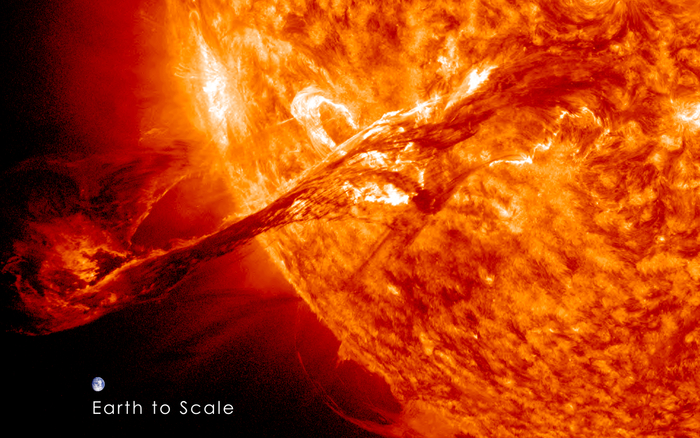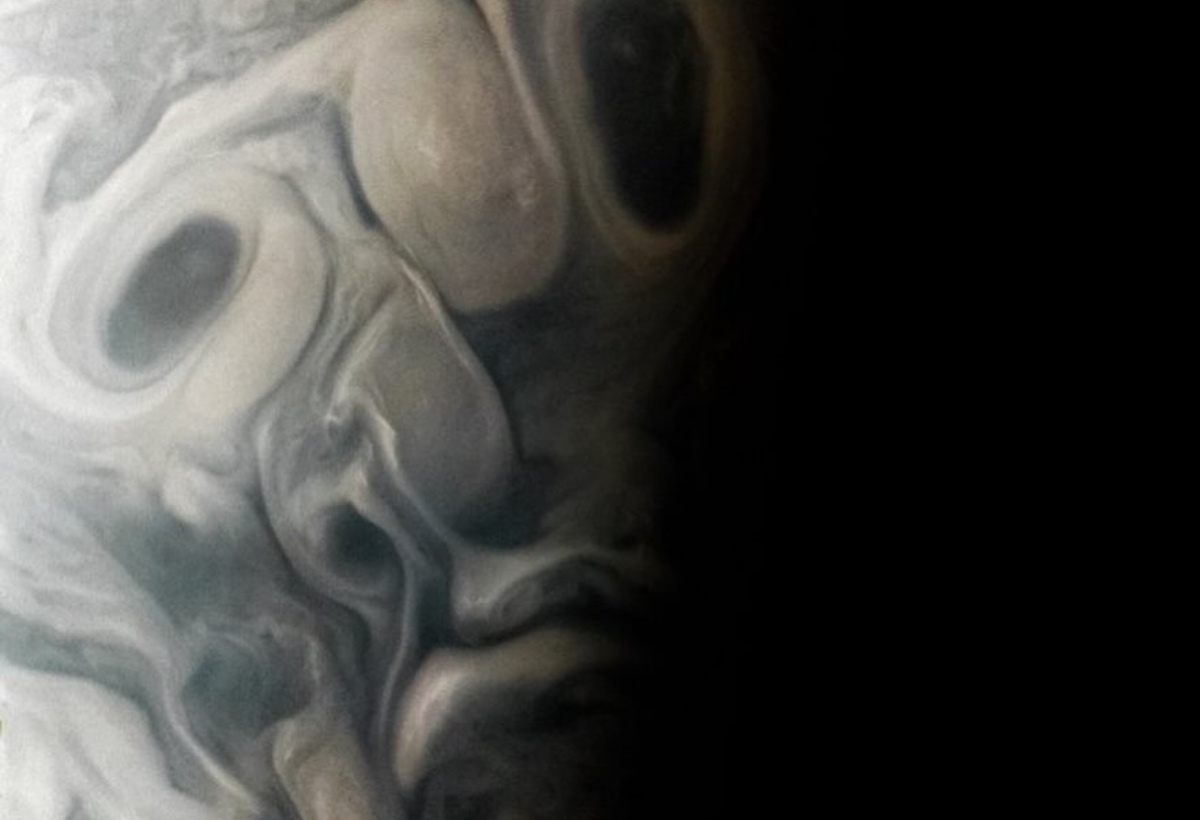NASA celebrates Picasso’s birthday in a very special way. A photo of a human face in Jupiter’s clouds has been published
Halloween is almost here and it seems the holiday spirit is spreading everywhere, even in space. In fact, a ghostly face was spotted on the surface of one of Earth’s neighbors.
Incredible visualization, truly evocative, check in Jet N7 region of Jupiter, specifically in the far north of the giant planet. It’s impossible not to realize that there is indeed a human face among the clouds, and NASA commented in true TikTok style: “Okay. Love it. Painter!”.
Face in space
Recovery The “human face” in space is the work of NASA’s Juno mission. It all happened last September 7, but only now can we see the photos, just in time for Halloween, as we mentioned. Many images were collected during the 54th flyby of Jupiter, but one image in particular stood out It attracted the attention of scientist Vladimir Tarasov. He thought carefully about using the raw data at his disposal to create the image we can admire, and which has now gone viral, with the JunoCam tool.
The phenomenon to which all this refers is called Pareidolia. This is our brain’s sense of perceiving faces or other patterns within mostly random patterns. In this particular case, it is easy to recognize a kind of cubist image, especially after Tarasov worked on the image. It’s no surprise that NASA decided to launch everything online on October 25, Picasso’s birthdaywho would have been 142 years old in 2023.
the scientific explanation
The image in question shows a human face that is partially distorted, at least to the human gaze. But in purely scientific terms, this is what is framed Clouds and turbulent storms found along Jupiter’s terminator. The line dividing the day and night sides of the planet. It is an area that scientists monitor and analyze with great interest, in order to better understand the processes taking place in Jupiter’s atmosphere. In this regard, according to the collected images, the low angle of sunlight helps greatly, as it highlights the topographic complexity of the area’s features.
Going into technical details, when we talk about Juno we are referring to A A probe designed exclusively to orbit JupiterAnd the study of both the planet and its moons. It was launched in August 2011 and entered polar orbit around the gas giant in 2016. So it took five years to cover the great distance, equivalent to 365 million kilometres. In recent years, many photos have been taken, allowing scientists to learn more about this matter Our neighbor’s most impressive secrets In the solar system. It is clear that what was seen has no scientific interest in itself. What matters, in fact, is what the “face in space” consists of. We’re talking about a random arrangement of swirling storm clouds.
As mentioned earlier, our brain tends to dictate a certain order within images with random patterns, recreating something that makes sense to us. This is why cosmic images often look incredibly similar to objects of all kinds, not just faces. Violent storms around Jupiter are nothing new, far from it. If it is true that the planet’s atmosphere consists of hydrogen and helium, then the clouds are the result of a mixture of ammonia and water. This makes the transition to weather events of this type frequent. Just think of the Great Red Spot that has been raging for centuries.

“Internet trailblazer. Travelaholic. Passionate social media evangelist. Tv advocate.”





![MotoGP 2024. French Grand Prix. Pre-qualification: Jorge Martin first with a record! Pico Bagnaia is there, Marc Marquez is not [RISULTATI] – Motor cycles](https://cdn-img.moto.it/images/37295970/1200x/martin-fdk.jpeg)

More Stories
Earth prepares for the arrival of a powerful solar storm – Space and Astronomy
An asteroid the size of the Giza Pyramid will pass by Earth today
Neuralink talks about a patient’s first 100 days with a brain transplant